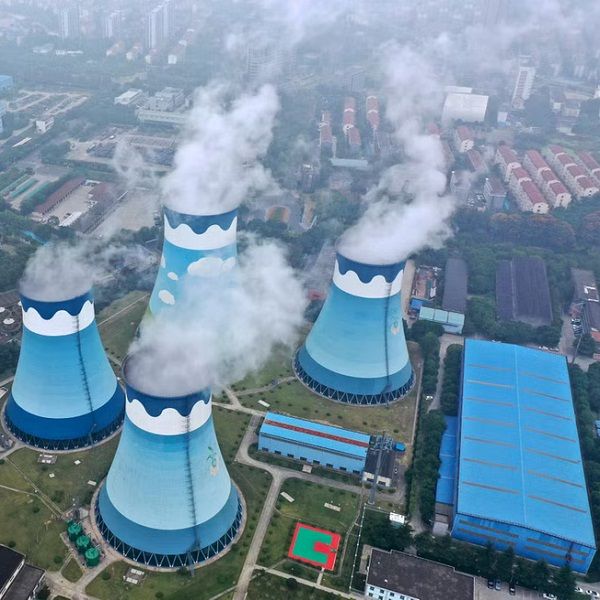The UK risks being left without enough energy to fuel economic growth if it does not invest in ways to make its buildings and industrial processes more efficient, experts have warned.
A report published by energy company Danfoss has recommended ¡nvestment in renewable energies as a way to address the looming energy crisis and the large costs of heating UK homes.
The company’s investigation showed that, for every pound spent on energy efficiency – such as insulation in homes – two pounds can be saved by investing in renewable power generation, including wind farms.
“The UK, and all countries throughout Europe, should be working to curb the growing demand for energy,” Kjell Stroem, Danfoss’s Northern Europe president has said.
“Even with huge build-outs of renewables we simply will not have enough green energy to meet the demands of a growing world.”
In order to address rising energy costs, the UK government has announced its plans to more than triple the amount of wind power generation in UK waters by the end of this decade to around 50 gigawatts of capacity, as well as ambitious targets for solar and nuclear energy.
However, the Danfoss report warned that taking a one-sided approach by simply focusing on production will neglect low-hanging fruit.
Currently, almost a fifth of UK emissions come from buildings, according to the UK Climate Change Committee (CCC). The organisation has accused the government of not investing enough money in tackling energy efficiency in UK homes and buildings.
Last month, specialist publication Carbon Brief found that UK imports of gas would have been 13 per cent lower if then-Prime Minister David Cameron had not abandoned some of what he termed the “green crap” in 2013.
During the move, his government cut support for energy-efficiency improvements in homes, leading to a dramatic drop in the number of homes being insulated each year. At the same time, in 2021, operational energy demand for heating, cooling, lighting and equipment in buildings increased by around 4 per cent from 2020 and 3 per cent from 2019.
Last week, the National Housing Federation said poorly insulated homes are one of the country’s “biggest environmental polluters” and have become a “major culprit” in the cost-of-living crisis.
Despite an increase in energy-efficiency investment and lower energy intensity in the past few years, a UN report has found energy-related emissions from operations reached ten gigatonnes of CO2 equivalent amounting to about 5 per cent over 2020 levels and 2 per cent over the pre-pandemic peak in 2019.
In addition to homes, the wider UK infrastructure is in need of an overhaul, according to advisors, in order to adapt to the extreme temperatures that have been predicted for the years to come. UK homes are predominantly built to stay warm during relatively mild winters, while infrastructure such as hospitals, trains and power lines struggle in hot weather and are often pushed to the point of crisis.
Source: E&T










